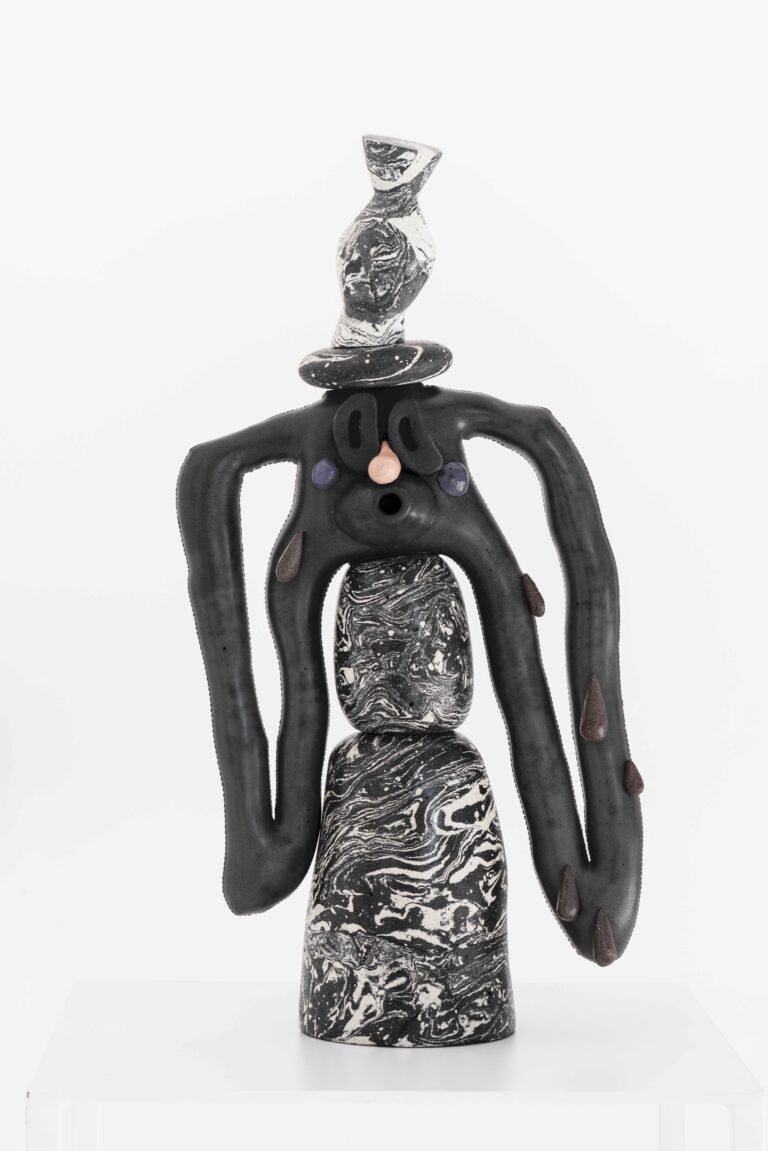
Artworks
Installations
At the beginning of Classic Objects, Jenny Hval described an obsession held by the persona of the song — an obsession with “connecting to materials and textures”, and a dream of having a face made of marble. She continues,
“I’ve always tried, I’ve always tried to prove that I’m the living
Connecting dead parts, dead parts, dead parts”
Hval construes the idea of artmaking, defined as simply “connecting dead parts”, as a proof of living. There is something
unceasingly intriguing about this, a difficult wisdom that traverses in and out of Trent Whitehead’s works.
In NOWDAYS, Whitehead uses concrete oxide, a material slightly unusual to most common sculpture making practices, yet one that’s been used by the artist throughout his practice alongside laminated plywood. The unpredictable nature of concrete forges an odd fluidity, the material melting itself off to be sculpted into the images that defer to the fruitful colours and platitudes of the world.
As concrete is casted, oxidised and treated, each layer peels back to reveal clownish masks of gradually yielding observations and imitations. The figures of NOWDAYS act as silent pageants that stand within their own definitions, imaginary creatures that take shape and accrue near wandering eyes. They give colours, eschew our expectations, and sanction a warped absurdism to those who choose to bear witness to them, to wonder how their exterior would feel like on one’s fingertips, and those who wish to project themselves outwards, in order to invite these creatures inwards.
Thu Tran, 2022











